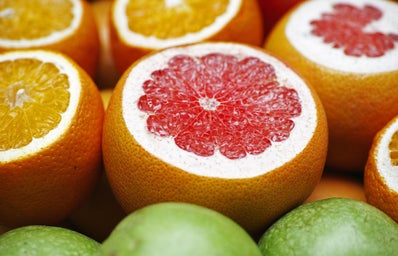Are you looking for a way to spice up your food? Do you wanna make it look unique and fun? Edible flowers are the way to go!
You might be thinking, who would eat flowers? Many stores have begun to sell these edible goodies in plastic containers. Restaurants have also been riding the flower trend for a while now; you’ve probably seen them on cakes or in fancy dishes.
However, planting and growing them helps the environment, decorates your garden, and it can be a fun experience! They are an eco-friendly way of including different flavors, textures, and colors to any meal you prepare. You can easily plant them in your garden and finally give your menu that new and cute twist.
Flowers are a versatile ingredient and can be combined with fruits, vegetables, drinks, pastries, and even dairy products!
Here’s a list of some edible flowers you can get plants for your next meal:
Remember to ALWAYS research before eating a flower. Not every bud is safe to eat.
- Sunflowers
-
What you can eat: Seeds, petals, leaves, and roots
Sunflowers provide a variety of vitamins and minerals. Each part has its own distinct flavor, but sunflower seeds are definitely the most popular. Use them in granola, cereals, or eat them as they come!
- Violets
-
What you can eat: Flowers and leaves
Give yourself a dose of Vitamin C, Vitamin A, iron, and calcium with a couple of violets! These colorful flowers taste sweet and can be used in fresh salads or iced cakes
- Borage Blossoms
-
What you can eat: Flowers and leaves
A tiny light-blue flower that packs a lot of taste; Borage can be used in a variety of salads and even lemonade! Borages are commonly iced or candied and can taste similar to cucumber.
- Calendula (Marigold)
-
What you can eat: Petals
These bright yellow flowers are perfect for adding a tangy spritz to any salad. Their taste is similar to saffron (it’s nicknamed poor man’s saffron) and can function as a good ingredient in oil infusions and other dresses and sauces.
- Hibiscus
-
What you can eat: Flower and root
Hibiscus has become a popular ingredient in drinks and can be found basically anywhere. Be it in teas, juices, or water infusions, the sweet and tart taste of hibiscus can be enjoyed on the go.
- Lavender
-
What can you eat: Flowers and leaves
Lavender is always a go-to when it comes to true floral tastes and smells. These tiny buds are versatility on a stick (literally). Include them in your favorite recipes like jams, desserts, cocktails, and even bread, meats, and cheeses.
- Pansies
-
What you can eat: Petals and sepals
Pansies are typically used as decorations on pastries and desserts. However, they can also be used to enhance salads, soups, and cocktails. Even the simplest dish can brighten up a notch with these colorful flowers!
- Roses
-
What you can eat: Petals and rose hips
This classic flower can be used in many ways, such as teas, jams, candy, sorbets, and more! Additionally, rose hips are one of the richest sources of Vitamin C in the plant world.
There are many more colorful flowers to sparkle your food with and much more ways to get creative. Get planting

